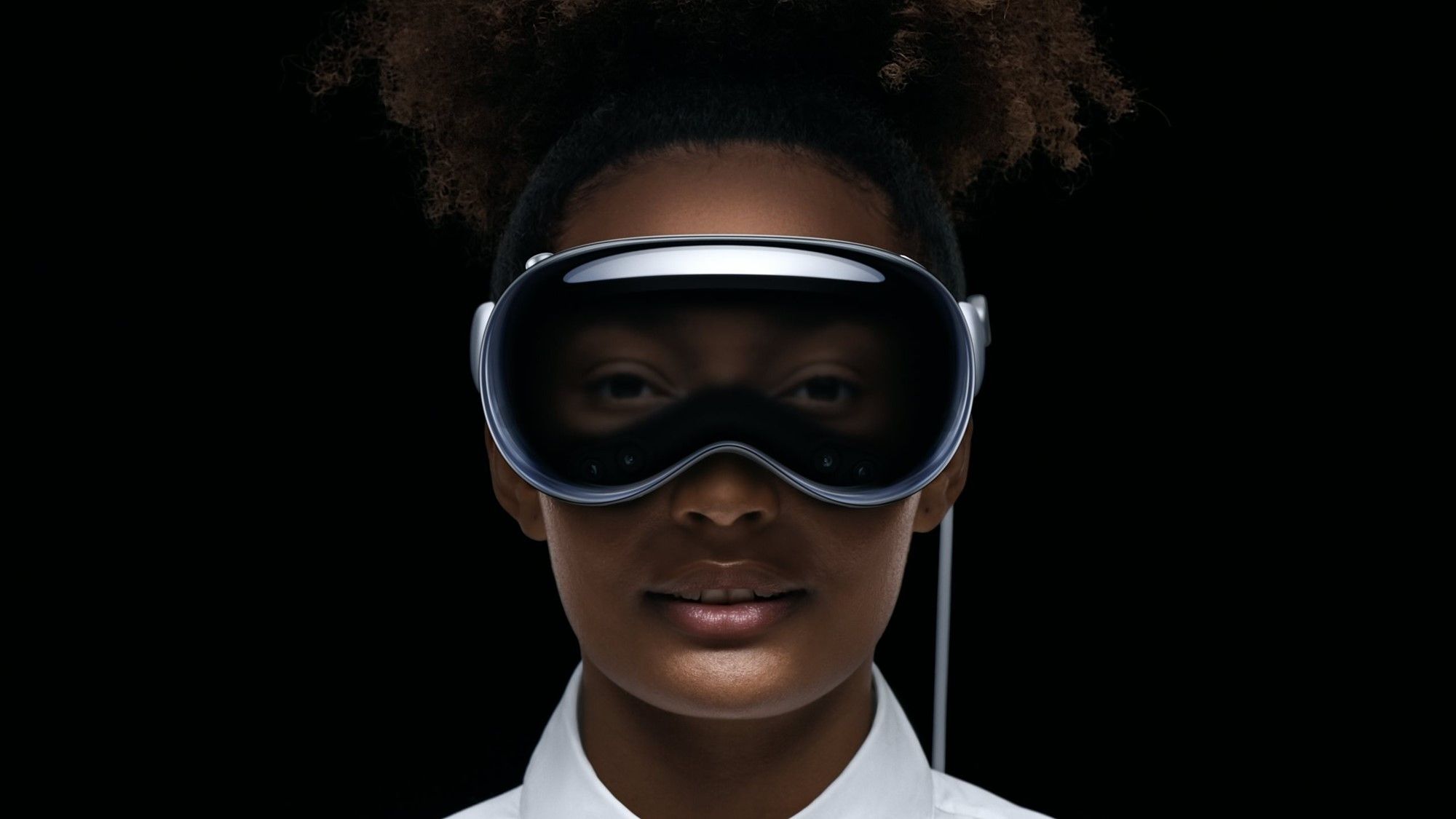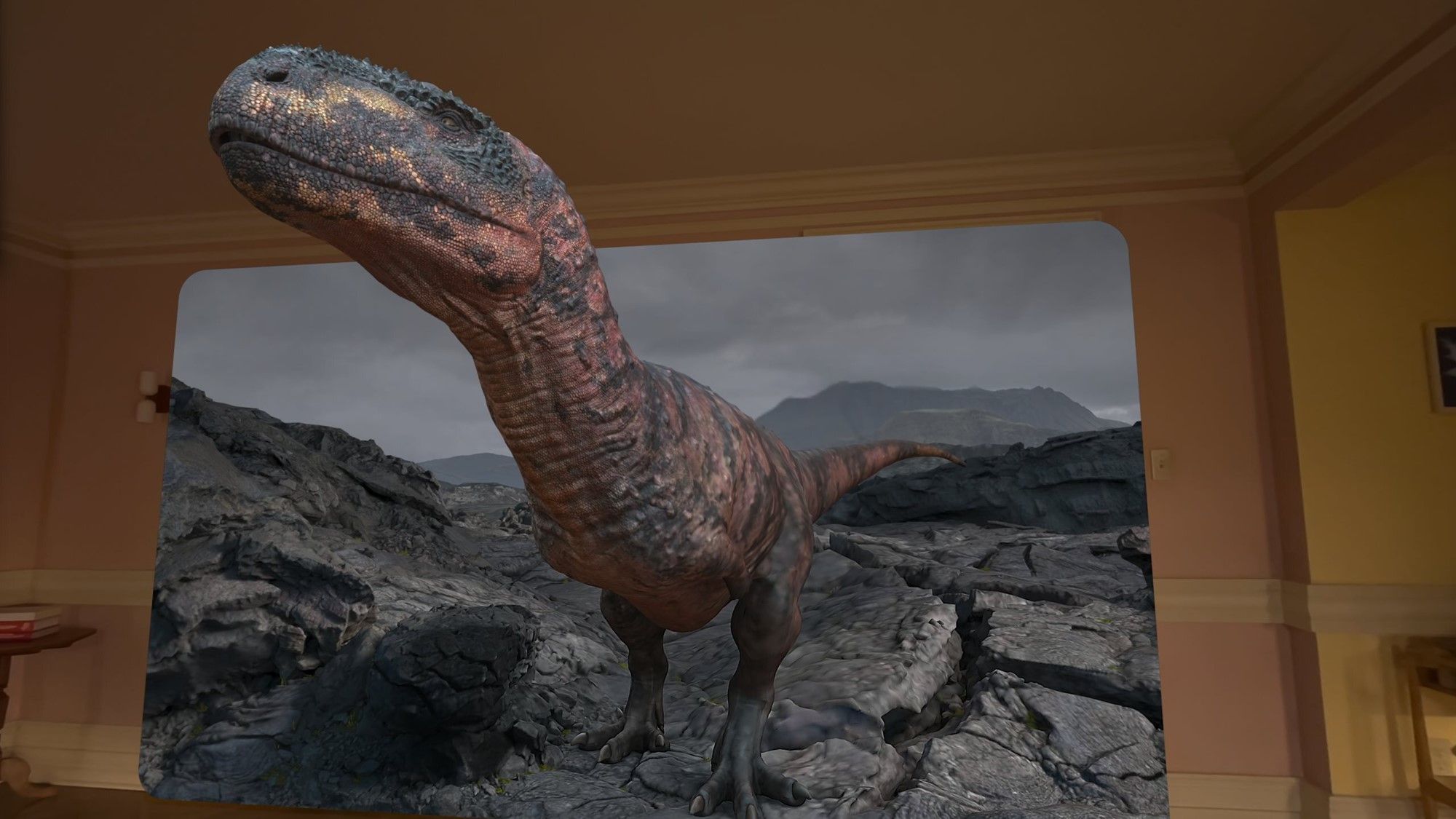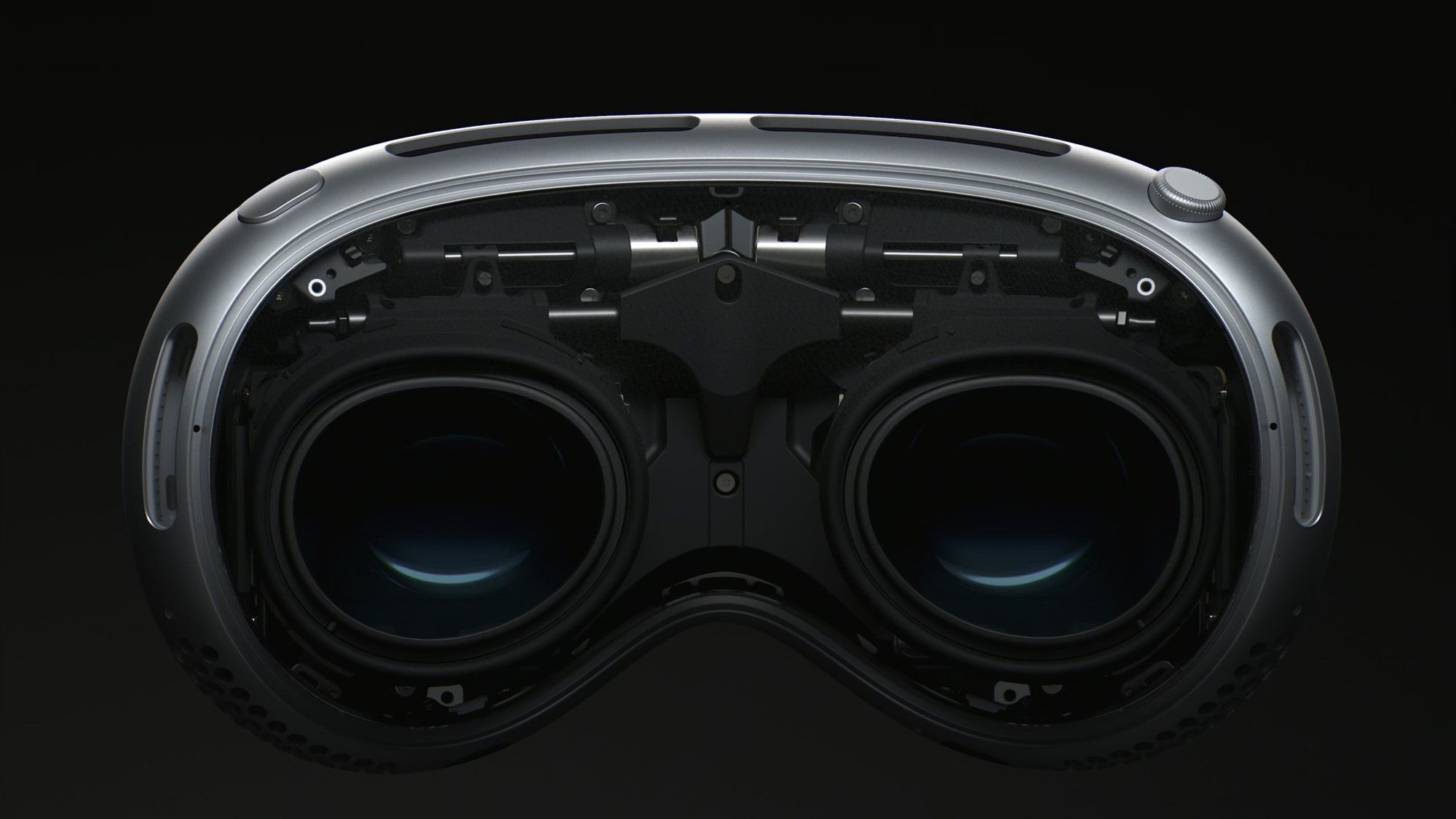
In a special keynote at the Worldwide Developer's conference today, Apple revealed its first completely new product in eight years. Alongside silicon updates, a line-up of three new Macs, and iOS 17, Apple finally showcased its 'Vision Pro' mixed-reality headset, which is slated for an early 2024 release date.
Apple's last big product launch was the 2015 AppleWatch, since then the company has not put out a head-turning first-of-its-kind gadget on the market. The Apple Vision Pro is a bold punt at a persistently tough market to crack and much initial knee-jerk reaction was not kind, for example comparing its general form factor to the much more minimal Google Glass, which flopped a decade ago.
"It’s the first Apple product you look through, and not at,” announced CEO Tim Cook, before Alan Dye, Vice President (Manufacturing Design) took over for the videotaped demo of the headset. While the headset is a year away from hitting the market, the company says its specs and user experience set it apart. Vision Pro boasts of a "fully 3D interface" which projects apps onto "the real world". The headset is also attuned to shadow and dimensions for hyper-realistic projection.
The headset in its demo toggles between AR and VR via button on the top of the device which allows users to move into a completely virtual environment giving it a mixed reality edge. Mixed reality taps into the middle ground between Augmented Reality (where a digital object is superimposed on the real world - such as a hologram) and Virtual Reality (where headsets immerse a person into a virtual setting- such as Meta's Horizon Worlds).
With Cook's insistence that Apple builds products that connect people and not seclude them, the Vision Pro displays the users eyes to those around them. This feature is distinct from the look of Meta's Quest headset, with the demo announcement claiming that with the Vision Pro "You're never isolated from the people around you."
Whilst it may look like a highly sophisticated snorkel, Apple said that it is based on over 5,000 patents and fits 64 pixels in the space of a single iPhone pixel, for a total 23 million pixels across two panels. there is no separate controller; rather it uses eyes, hands, and voice, with graphical elements on the screen responsive to visual cues; users can also can flick their hands to scroll.
Paolo Pescatore, PP Foresight, said: "This is the start of a long journey. Apple has grand plans to revolutionise this segment as it has done with the iPhone; remember this is its first foray. The hardware, services and experiences will evolve considerably over time to include other devices.
"Apple’s focus around deftly blending the digital and real world brings a new category into the XR mix. Spatial computing, as Apple positions it, brings with it the start of a whole new platform. This provides a much-needed boost and is expected to reignite interest in the market. If anyone can kickstart demand for this segment, then Apple can..."

The Vision Pro also boasts of camera features, and is Apple's first 3D camera and also allowers users to watch 3D films and clips on the go. While the Vision Pro launch was presented as cutting edge and futuristic, no mention of how this would be a useful innovation was made. Nilay Patel of The Verge live-blogged a cheeky criticism, "So far this thing is...an AppleTV for your face?"
Mixed reality systems can have widespread applications for education, training and healthcare, with MR systems such as VirTra already being used for law enforcement training. Apple's key challenge, however, is to market the technology as a mass-product. One of the ways that Apple has tried to tackle that is with content partnerships. Disney has been announced as a partner, with Disney Plus being available via Vision Pro from release day.

On the hardware and specs front, the Vision Pro is fairly innovative. With a single piece of front glass serving as lens and camera, it has a 3D knitted headband and spatial audio pods for a surround sound experience. For users who wear prescription glasses, Apple has created magnetic attachable lenses in partnership with German optical manufacturer, Zeiss. MicroOLED, a Apple Silicon backplane along with 23 million pixels across both displays are also listed as specs for the Vision Pro.
In another innovation leap that gives Apple an edge over Meta and Microsoft's headsets, Apple has announced a new chip is called R1 built for the Vision Pro in order to streamline sensor processing and the seamless running of the twelve cameras, five sensors and six mics that are part of the headset's hardware. According to the demo, R1 eliminates lag, streaming new images to display in 12 milliseconds which is eight times faster than blink of a human eye.
The product is set to create an ecosystem within itself with a unique operating system called 'visionOS'. The company has stated that visionOS is the first OS designed from the ground up for spatial computing .VisionPro's security interface works via an 'OpticLock' which scans the iris of the user to verify log-ins and protect wearer privacy.

While the product comes with great pomp and show, and Apple appears to have numerous partners across gaming and content lined up, the headset has a premium price point, VR/AR is still far from being a household technology or an everyday necessity; those that have succeded in the enterprise space meanwhile have shipped with highly specific functions for industry. During the tech lay-offs earlier this year, teams at Microsoft's HoloLens and AltSpaceVR divisions, along with Meta's VR labs took major hits, with Futurism reporting that the nascent "metaverse" industry that some had hoped would prove a draw for XR headsets had gone belly up.
If VisionPro does not give the AR/VR sector the boost it desperately needs, expect interest to continue to fall in the sector: venture capital investment in AR and VR companies plummeted 74% to $800 million over the six months to March, compared with the same period a year earlier.
If Apple can somehow build a very real sense of cachet around the headset, perhaps that trajectory will change. For now, the jury remains out.